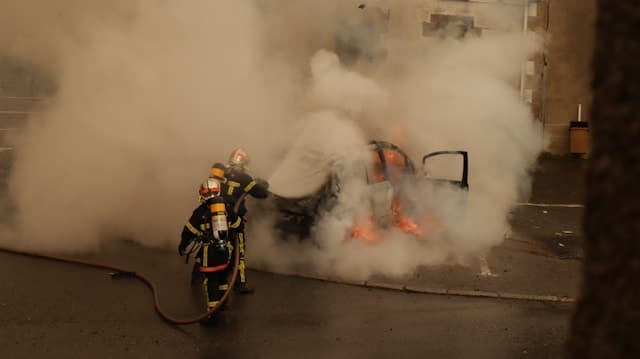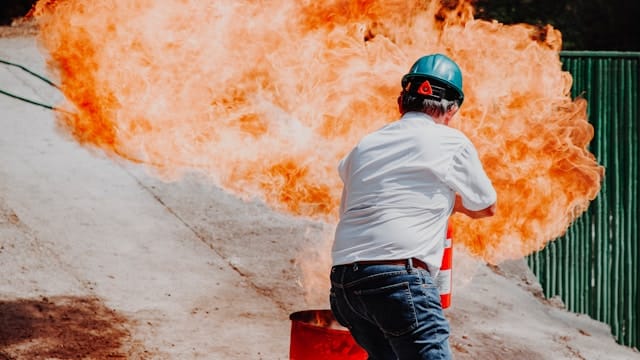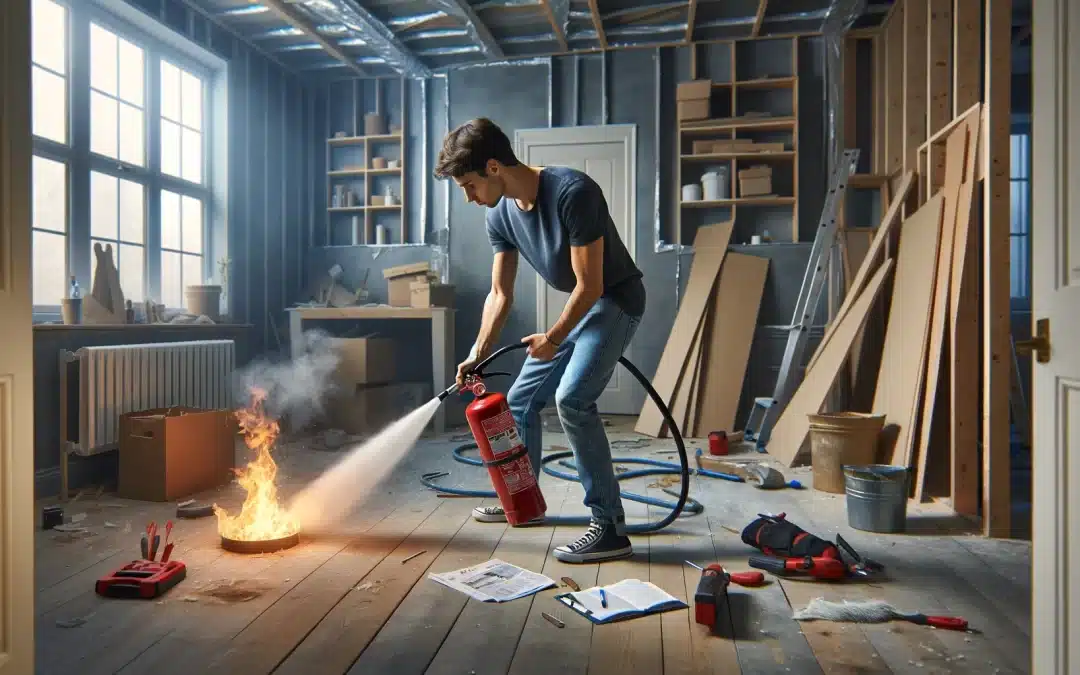Whether you’re deep in the trenches on a job site or whipping up dinner in the kitchen, accidents can happen, and things can catch fire. That’s where trusty fire extinguishers come in. These portable heroes can mean the difference between a minor scare and a five-alarm disaster. But not all fire extinguishers are created equal. In this guide, we’ll cover everything from the different fire extinguisher types and uses to some must-know fire extinguisher safety tips that will keep you and your crew out of hot water.
The Importance of a Fire Extinguisher Guide
Even if you’ve never used a fire extinguisher, you’ve probably noticed one mounted on a wall somewhere. But recognizing one isn’t the same as knowing how and when to use it. That’s why a solid fire extinguisher guide is crucial to understanding fire classifications and the proper extinguishing agents for each type of blaze. Having that know-how under your belt could save lives, property, and a whole lot of paperwork.

Understanding Fire Extinguisher Types
Not all fires burn the same, which means there are different fire extinguisher types to match the hazards at hand. Here’s a quick rundown of the main ones:
- Water (Class A): Best for putting out flames involving ordinary combustible materials like paper, wood, and cloth. Never use them on electrical or flammable liquid fires—they’ll only make things worse.
- Foam (Class A and B): Works on both ordinary combustibles and flammable liquids like gasoline and oil. However, it’s not suitable for electrical fires.
- CO2 (Class B and C): Ideal for electrical fires and flammable liquids but not effective on ordinary combustibles.
- Dry Chemical (Multi-Class): The all-purpose choice, these extinguishers handle Class A, B, and C fires (wood, flammable liquids, and electrical).
- Wet Chemical (Class K): Specifically designed for kitchen fires involving cooking oils and fats.
- Dry Powder (Class D): For specialized fires involving combustible metals like magnesium or titanium.
How to Properly Use a Fire Extinguisher
Even with the right extinguisher in hand, you need to know how to use it effectively. Remember the acronym P.A.S.S. to guide you through the steps:
- Pull the Pin: This unlocks the extinguisher’s operating lever.
- Aim at the Base: Point the nozzle low, at the source of the fire.
- Squeeze the Handle: This discharges the extinguishing agent.
- Sweep Side to Side: Cover the entire fire, moving back and forth.
Never try to fight a large fire alone—small fires are where an extinguisher shines. If the fire grows, evacuate immediately and call the professionals.
Key Fire Extinguisher Safety Tips
To stay on top of fire safety, follow these fire extinguisher safety tips:
- Inspect Regularly: Check pressure gauges and seals to ensure they’re in working condition.
- Know Your Location: Make sure extinguishers are easily accessible and clearly marked.
- Train Your Team: Everyone should know how to identify fire types and operate an extinguisher.
- Keep Your Back to the Exit: Stand between the fire and your escape route to avoid getting trapped.
- Replace or Recharge After Use: A half-empty extinguisher won’t do you any good the second time around.

Fire Extinguisher Safety Canada Guidelines
Each country has its own regulations, and fire extinguisher safety in Canada is no exception. Here are some key guidelines:
- National Fire Code: This sets standards for the selection, installation, inspection, and maintenance of extinguishers.
- Provincial Regulations: Provinces may have additional guidelines, like specific spacing requirements or inspection intervals.
- Workplace Safety: Workplaces must adhere to WHMIS guidelines to ensure labeling and training meet Canadian standards.
- Fire Safety Video: Incorporating a fire safety video into training can help make concepts stick.
Related Blog: Why Fire Extinguisher Training is Vital for Every Workplace
Final Thoughts
A fire extinguisher might be small, but its power to keep a minor flare-up from turning into a blazing catastrophe is enormous. Understanding different fire extinguisher types, how to use them, and keeping a fire extinguisher guide handy is essential. Need a refresher? Valley WorkSafe offers “Fire Extinguisher Safety for Canada” training, ensuring you can handle bigger challenges at work with ease.
Completing this course can help you become a workplace safety hero. Find it and other workplace safety training courses on our website, or swing by for in-person training if you’re in the Ottawa Valley. No matter which option you choose, be sure you’re always aware of what it takes to take charge of a workplace incident and help put out those flames!
Watch Our Safety Video here: https://www.youtube.com/@valleyworksafe/

